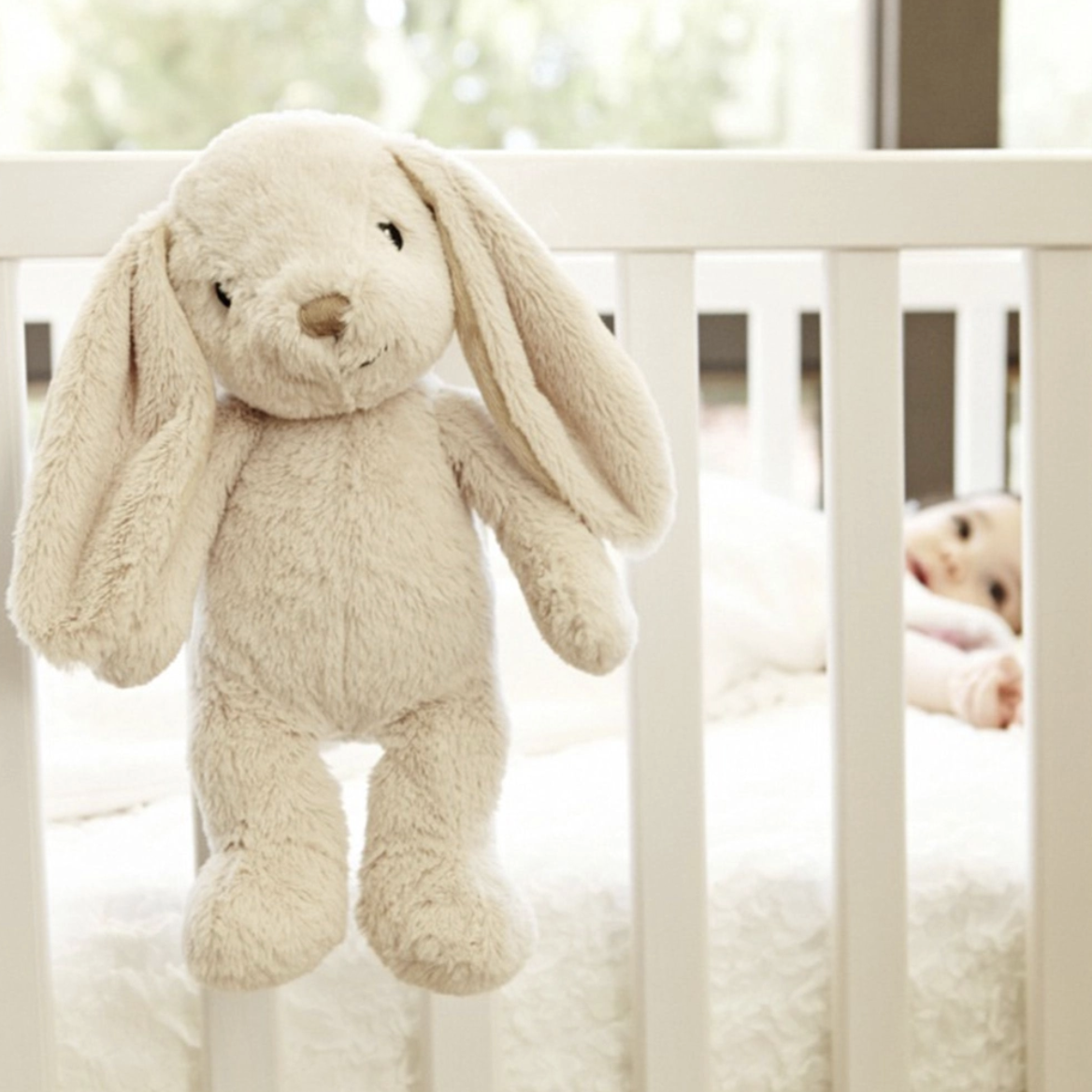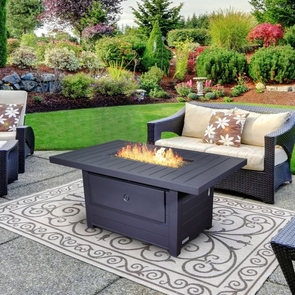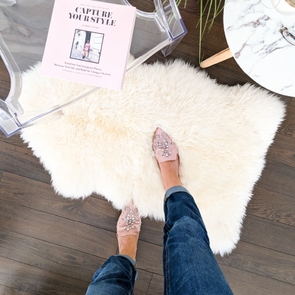- Bedding
- Bath
- Home Decor
- Windows
- Mattresses
- Electrics
- Tabletop & Bar Serveware
- Serveware Collections & Sets
- Serving Trays, Platters & Baskets
- Serving & Salad Bowls
- Cheese Board Sets
- Snacks, Dipping & Condiment Bowls
- Butter Dishes
- Salt & Pepper Shakers & Grinders
- Dessert Plates and Cake Stands
- Serving Spoons & Utensils
- Pitchers & Dispensers
- Sugar Bowls and Creamers
- Table Decor & Centrepieces
- Candles & Candleholders
- Trivets
- Teapots & Infusers
- Kitchen Cookware
- Cookware Collections & Sets
- Frying Pans & Skillets
- Grill Pans & Griddles
- Sauce Pans & Sauciers
- Dutch Ovens & Braisers
- Stock and Multipots
- Roasting Pans and Racks
- Casseroles & Baking Dishes
- Omelette & Egg Pans
- Pancake & Crepe Pans
- Woks
- Ramekins & Mini Cocottes
- Pizza Stones and Pans
- Fondue Pots & Raclettes
- Shop All Cookware
Food Preparation Tools- Mixing Bowls
- Measuring Cups & Spoons
- Can Openers
- Pizza Cutters & Accessories
- Mandolines and Slicers
- Pasta Tools
- Breakfast and Egg Tools
- Choppers, Graters and Zesters
- Grill and BBQ Tools
- Spice & Nut Tools
- Cheese Tools
- Seafood Tools
- Salad Spinners and Strainers
- Ice Cream Scoops & Makers
- Microwave Food Covers
- Spiralizers
- Fruit & Vegetable Steamers
- Garlic Presses and Graters
Kitchen Organization & Food Storage- Storage Containers, Canisters and Jars
- Fruit Bowls and Bread Baskets
- Food Storage Bags & Wraps
- Silicone Lids and Food Covers
- Fridge Organizers
- Butter Dishes, Syrup and Food Condiments
- Olive Oil & Vinegar Bottles and Caddies
- Cutlery & Drawer Organizers
- Spice Jars and Racks
- Ice Cube Trays
- Recipe Book and Tablet Holders
- Napkins and Napkin Holders
- Gifts
- Clearance Kitchen
- Shop Cookware by Material
- Cookware
- Bakeware
- Knives, Cutting Boards & Accessories
- Food Preparation Tools
- Kitchen Utensils
- Food & Beverages
- Kitchen Organization & Food Storage
- Kitchen Gadgets
- On-the-Go Food & Beverage Containers
- Kitchen and Table Linens
- Kitchen Sink Accessories & Cleaning
- Shop By Brand
- Sale Kitchen
- Shop Cookware by Material
- Cookware
- Bakeware
- Knives, Cutting Boards & Accessories
- Food Preparation Tools
- Kitchen Utensils
- Food & Beverages
- Kitchen Organization & Food Storage
- Kitchen Gadgets
- On-the-Go Food & Beverage Containers
- Kitchen and Table Linens
- Kitchen Sink Accessories & Cleaning
- Shop By Brand
- Bestsellers
- New Arrivals
- Blog
Stylish Duvet Cover Sets for Every Bedroom
Ready to instantly refresh your bedroom and infuse it with your unique style? A duvet cover makes it easy to change up your space. More than just a protective layer, it can completely transform your room with minimal effort. It’s the simplest way to update your décor, add seasonal colour, or bring in a new texture.
Along with style, duvet covers offer everyday practicality. They help keep your duvet cleaner for longer by shielding it from spills, stains, and general wear—so you won’t need to wash the insert as often. At Linen Chest, you’ll find options to suit every look—from crisp, classic cotton to rich textures and luxury duvet cover sets.
How to Choose the Perfect Duvet Cover
Choosing the right duvet cover set can feel overwhelming with so many options available. However, it all comes down to understanding your needs and preferences. Here’s how you can pick the perfect set for your home.
Exploring the best materials for your duvet cover
When picking a duvet cover, the fabric you choose will directly affect how your bed feels night after night. Some materials are cool and moisture-wicking—perfect for summer or hot sleepers—while others deliver extra warmth in winter or are better at standing up to kids, pets, and frequent washing. Here's what to expect from the most popular options:
- Cotton duvet covers – Soft, breathable, and great for year-round comfort, cotton is a reliable choice for any bedroom. It’s durable, easy to care for, and especially well-suited for households with kids or pets since it holds up to frequent washing.
- Bamboo duvet covers – Lightweight and silky-smooth, bamboo naturally wicks away moisture and keeps hot sleepers cool. Many options are eco-friendly and some are OEKO-TEX® certified, making bamboo a renewable choice for a greener bedroom.
- Linen duvet covers – Linen is the ultimate choice for summer, thanks to its exceptional breathability and naturally cool feel. It’s also highly durable, making it a favourite for homes with pets since it resists wear and tear. Its relaxed, crinkled texture adds effortless style to your bed all season long.
- Flannel duvet covers – Flannel is plush and insulating, making it the perfect bedding for colder months. Its soft, brushed finish gives your bed a warm, cosy feel all winter long.
Explore materials that align with your preferences and seasonal needs for maximum comfort.
Considering thread count and fabric quality
Thread count represents the number of threads that are woven together in a square inch of fabric, which includes the vertical (warp) threads and the horizontal (weft) threads. It’s calculated by adding these two numbers together—for example, 150 threads running lengthwise woven with 150 threads crosswise results in a thread count of 300.
For duvet covers, a thread count between 300 and 500 usually strikes the right balance of smoothness, breathability, and durability. A higher thread count typically means a softer and denser fabric, but only up to a point—fabric quality matters more than sheer numbers.
It’s important to consider both the type of fabric and the weave, since tightly woven, high-quality materials—whether cotton, linen, bamboo, or synthetics—generally feel smoother and stand up better to regular washing and use. Fabric quality and weave together influence durability and comfort, regardless of the specific material.
Choosing the right duvet size
The size of your duvet cover should match your duvet insert as closely as possible to avoid shifting or bunching. Duvet cover sizes can vary by brand and closure type, so always check measurements carefully before purchasing. Here’s a breakdown of common sizes and tips to help you find your perfect fit:
| Size | Approximate measurements | Best for |
|---|---|---|
| Twin | 64"x88", 70"x90", 60"x90" | Single beds, kids’ rooms, guest beds |
| Double | 78"x88", 80"x90", 84"x90", 85"x90" | Full beds, sharing with minimal overlap |
| Queen | 90"x92", 92"x96" | Queen beds, single or couples |
| King | 104"x92", 106"x92", 108"x96" | King beds, couples, extra drape |
How to choose:
- Measure your duvet insert and compare its dimensions with the cover. For a snug fit that allows your duvet to loft fully, pick a duvet cover with dimensions that closely match your insert.
- Consider your preference for drape. Larger covers offer more overhang on the sides of your bed, while a closer fit looks tidier and reduces shifting inside the cover.
- Check the closure type—zipper or button—as it affects both convenience and how well your duvet insert stays in place. Zippers offer quick, secure sealing along the edges, helping reduce shifting. Button closures can work just as well when paired with corner ties or loops inside the cover.
- When in doubt, size up for extra cosiness—especially if you like your duvet to hang over the edge of the bed.
Selecting low-maintenance duvet covers
If you want to spend less time on laundry and upkeep, look for duvet covers made from materials that are naturally easy to care for. Fabrics like cotton, microfibre, and some bamboo blends tend to be machine-washable and resist wrinkling, so they look fresh with minimal effort. Consider options labelled as wrinkle-resistant or quick-drying for added convenience.
Also, check the care label to ensure the duvet cover can handle frequent washing and is durable enough to withstand regular use—especially important for households with kids or pets. Choosing simple designs can also make maintenance easier. For colours, consider that lighter shades might show small stains more readily, while very dark colours can sometimes show fading or lint more visibly over time.
Staying true to your style
Your duvet cover is a reflection of your personality and style, so choose one that matches your décor and preferences. Here are a few ideas to guide your choice:
- Neutral tones offer a timeless, sophisticated look that works in almost any setting.
- Bold patterns or textured fabrics add depth and can serve as a stylish focal point.
- Layering with matching shams, decorative pillows, or a cozy throw ties the look together and enhances visual appeal.
Look for styles that combine function and design to create a space that feels comfortable and uniquely yours.
Duvet vs Comforter: Understanding the Key Differences
Understanding the difference between a duvet and a comforter will help you select bedding that best suits your lifestyle and preferences.
| Factor | Duvet | Comforter |
|---|---|---|
| What it is | A soft, lofty insert filled with down, feathers, or synthetic fibres | A quilted blanket with filling sewn into an outer fabric shell |
| Cover | Requires a removable duvet cover | No separate cover—used as is |
| Style flexibility | High – change the look easily by swapping out duvet covers | Limited – style is fixed, as there’s no removable cover |
| Ease of use | Slightly more effort (insert into cover), but more flexible styling | Ready to use out of the package |
| Cleaning | Only the cover needs regular washing; easier to maintain | Entire comforter must be washed, which can be less convenient—especially for larger sizes |
Best for: People who like to switch styles or want easier day-to-day care
Comforter: Those who prefer a grab-and-go option without the need for covers or inserts
Frequently Asked Questions
How should I wash and care for duvet covers?
Start by checking the care label—some materials need a little extra attention. A mild detergent and cold, gentle cycle usually do the trick for keeping your cover in great shape. Tumble dry on low heat or air dry when you can. High heat can cause the fabric to shrink and deteriorate over time.
Will my duvet cover shrink after washing?
It depends on the material. Natural fabrics like cotton or linen can shrink slightly if exposed to high heat. To help your cover last longer, stick to cold water and low heat when washing and drying.
Is a duvet cover the same as a comforter?
Not quite. A duvet cover is a removable layer that goes over a duvet insert—kind of like a pillowcase for your bedding. A comforter, on the other hand, is a quilted, all-in-one piece that doesn’t need a separate cover.

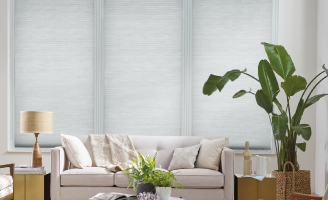 Custom Window Blinds
Custom Window Blinds Gift Registry
Gift Registry Gift & eGift Cards
Gift & eGift Cards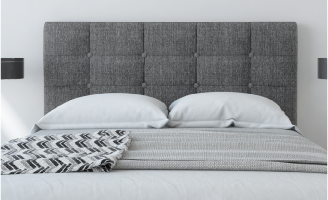 Custom Headboards
Custom Headboards